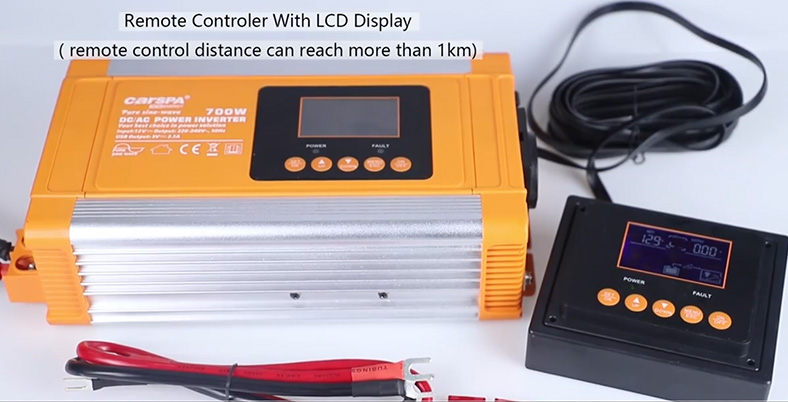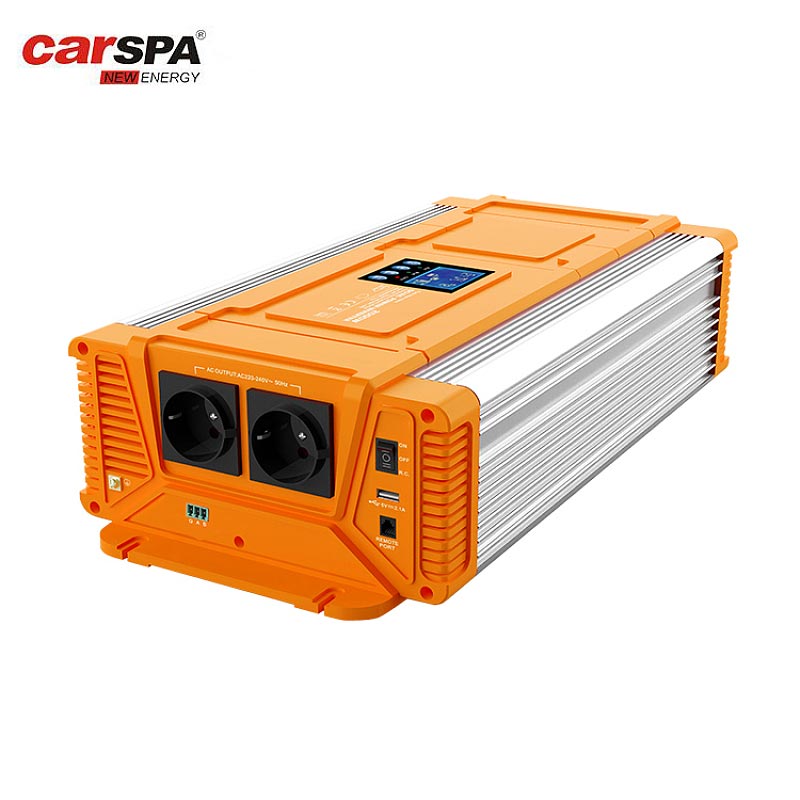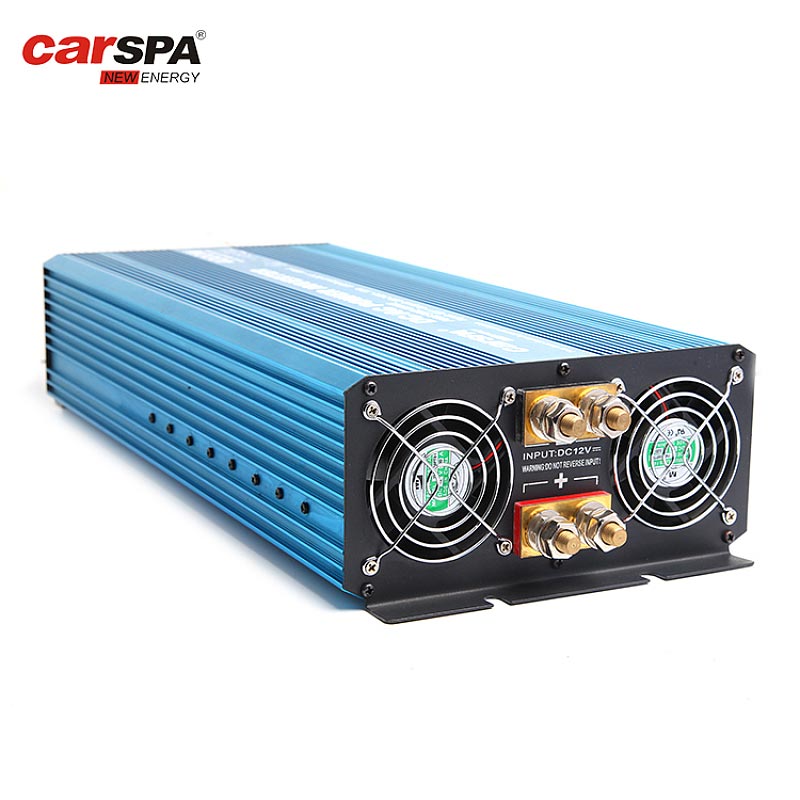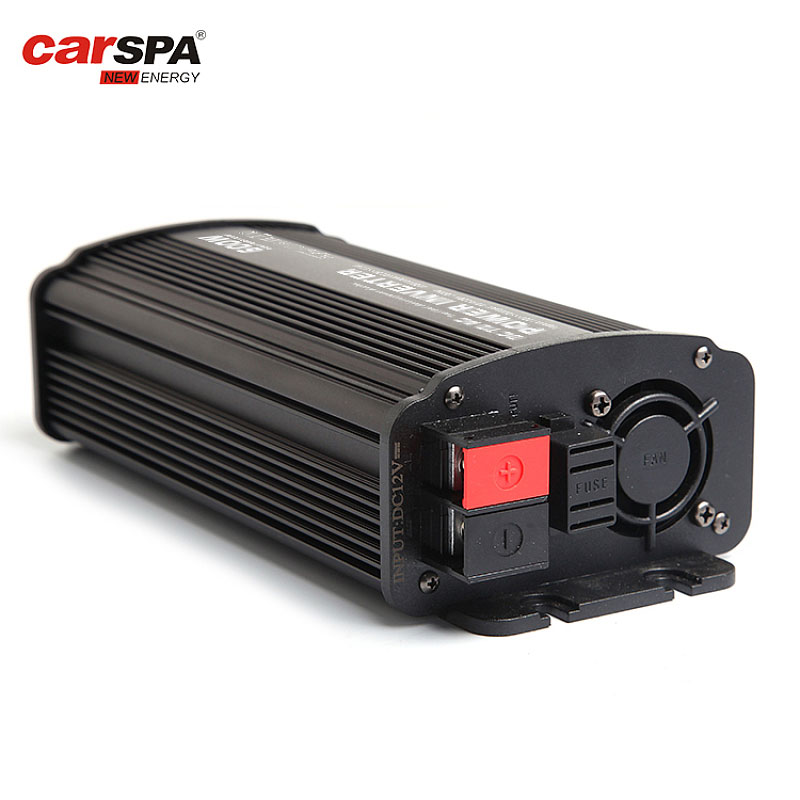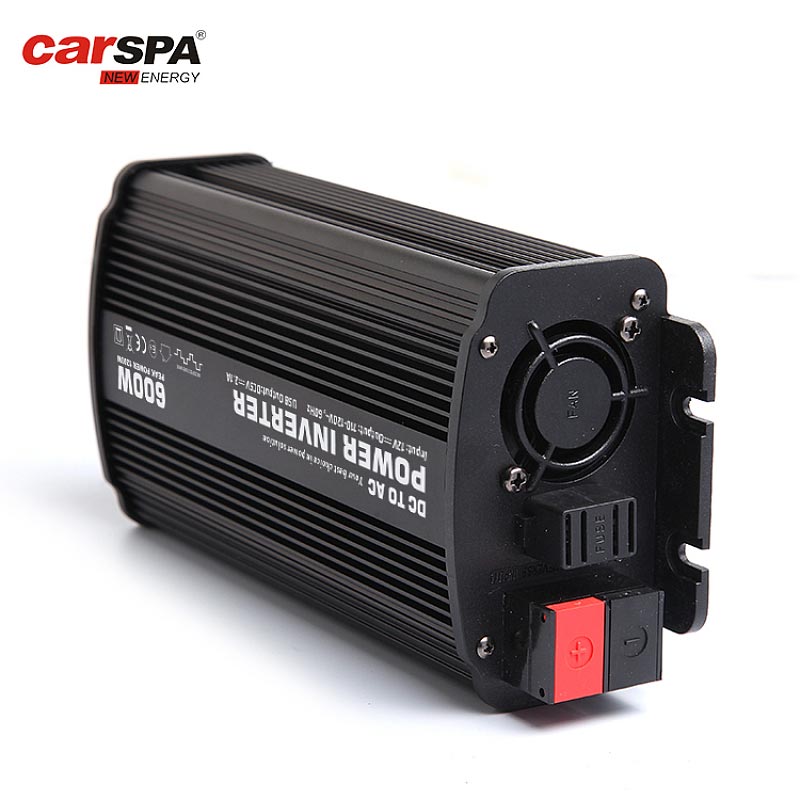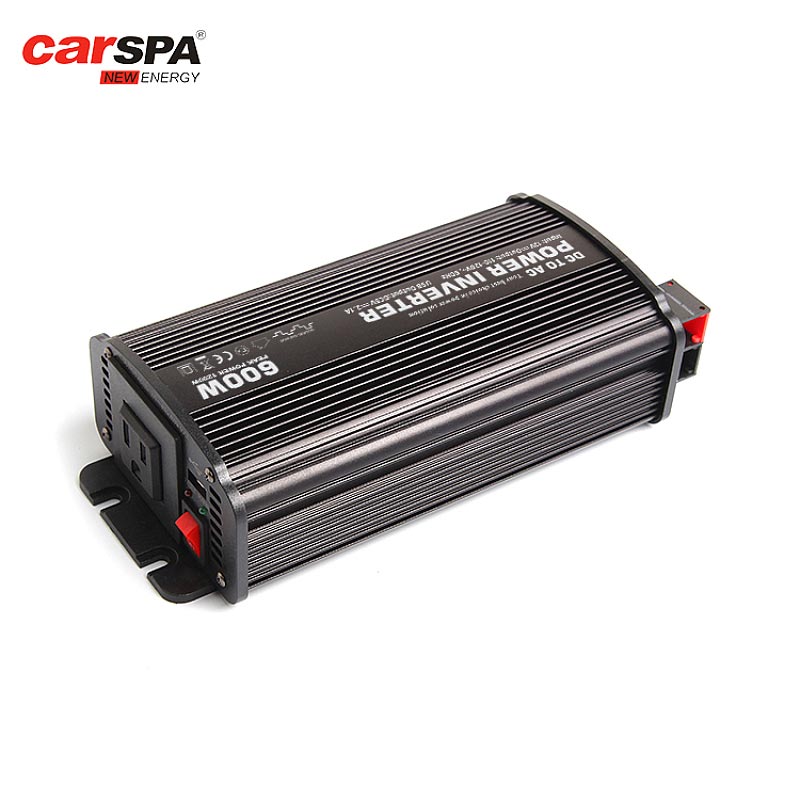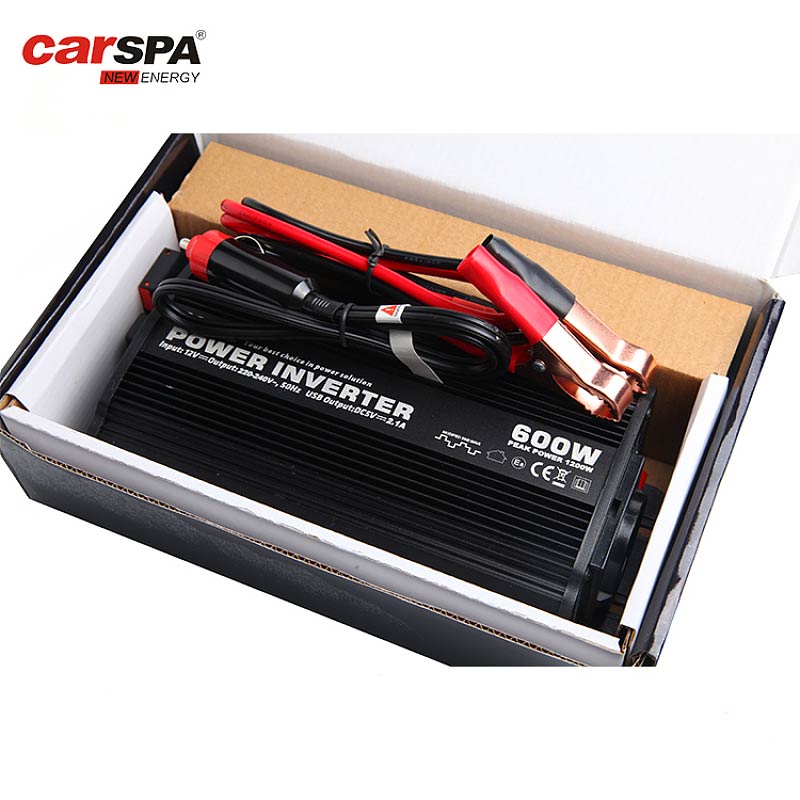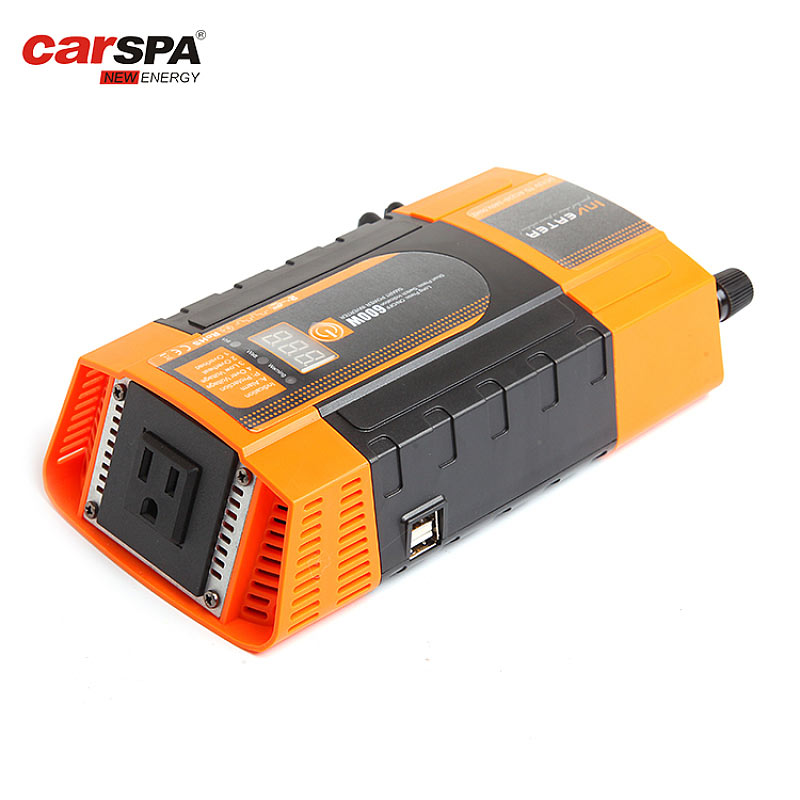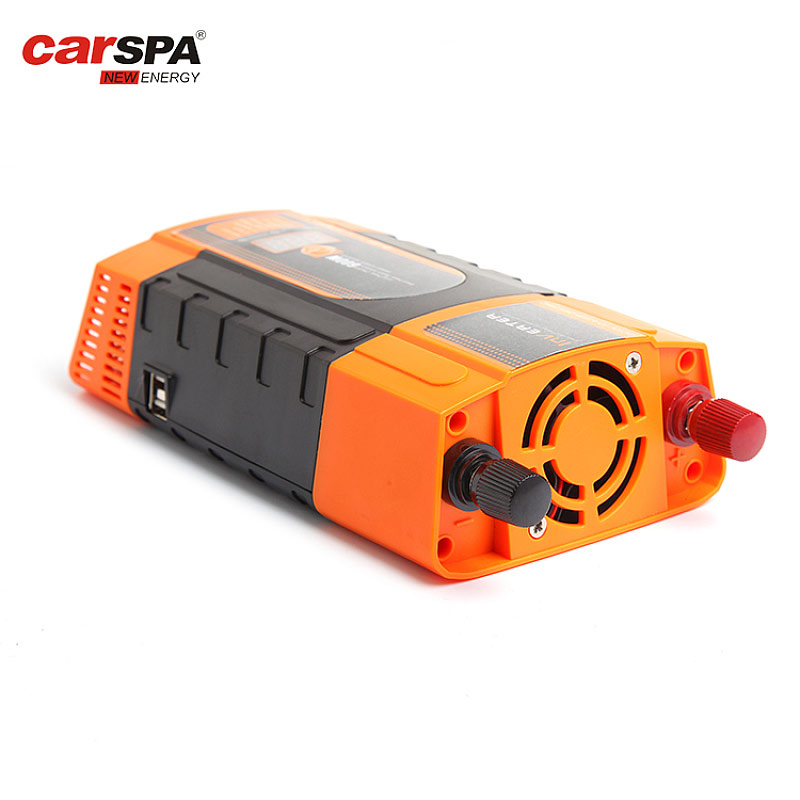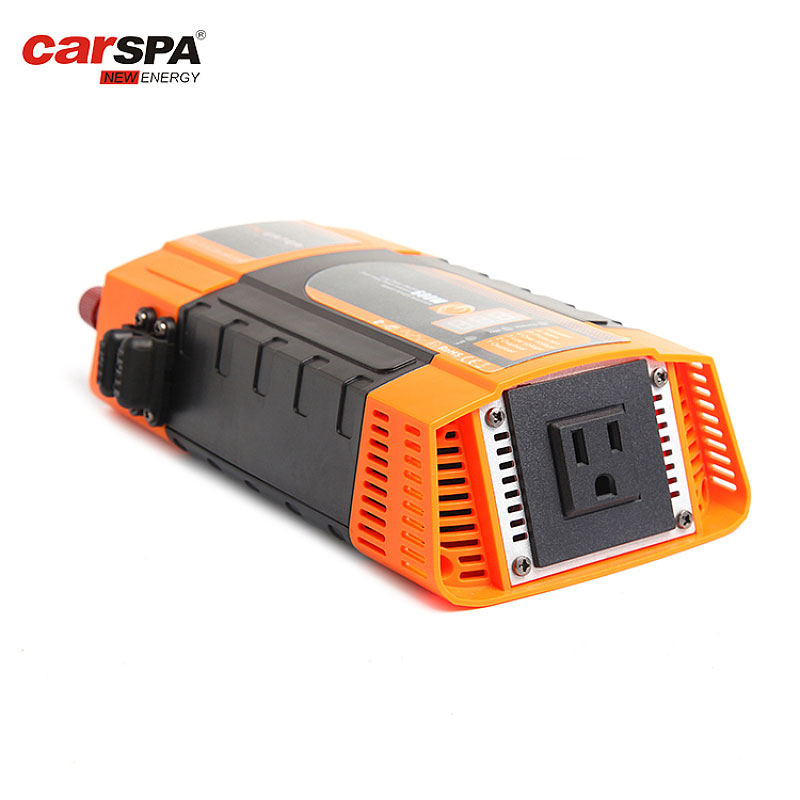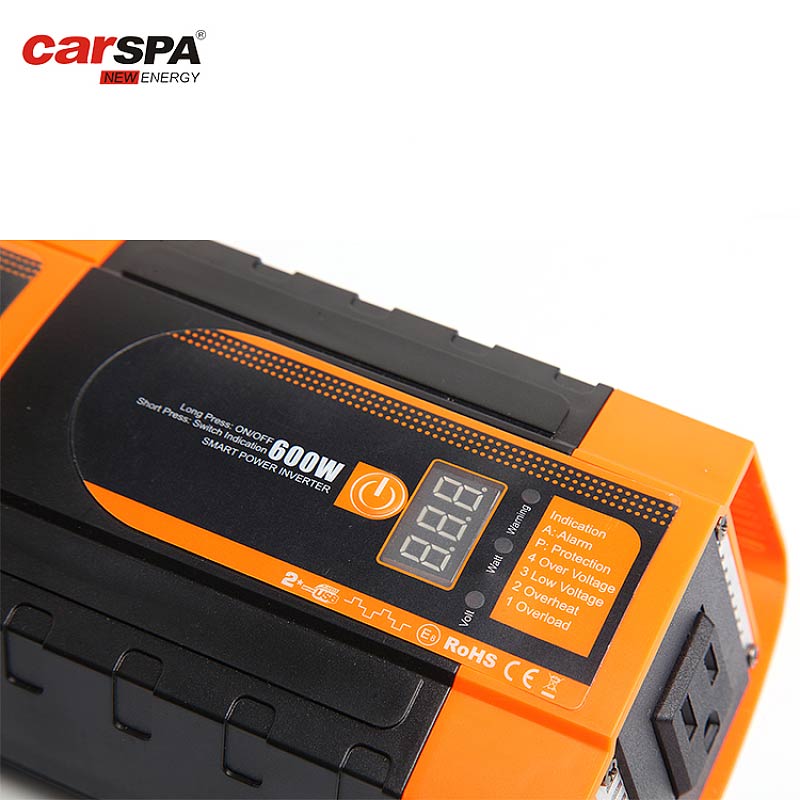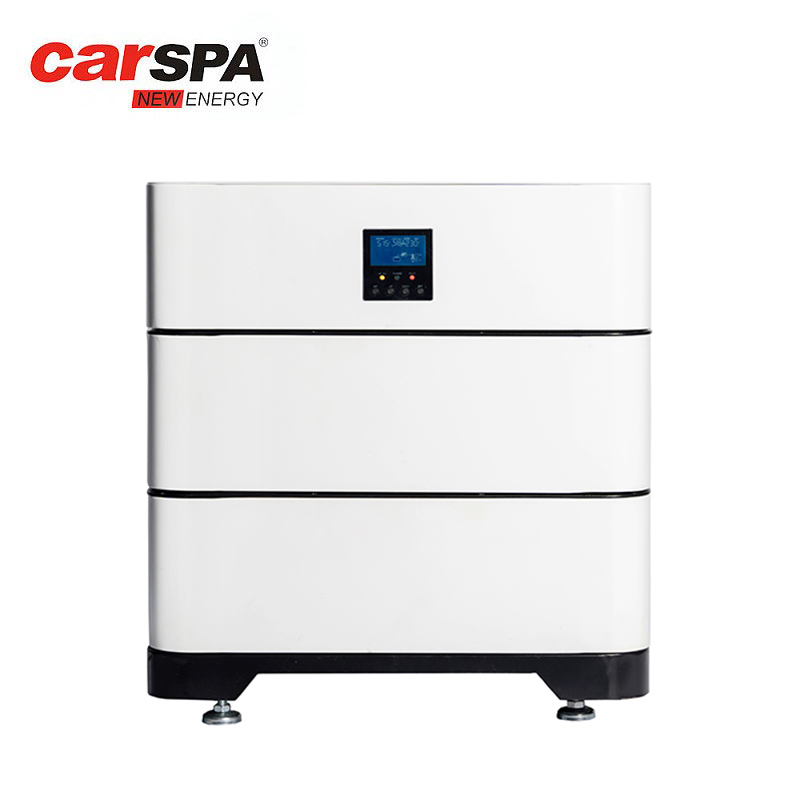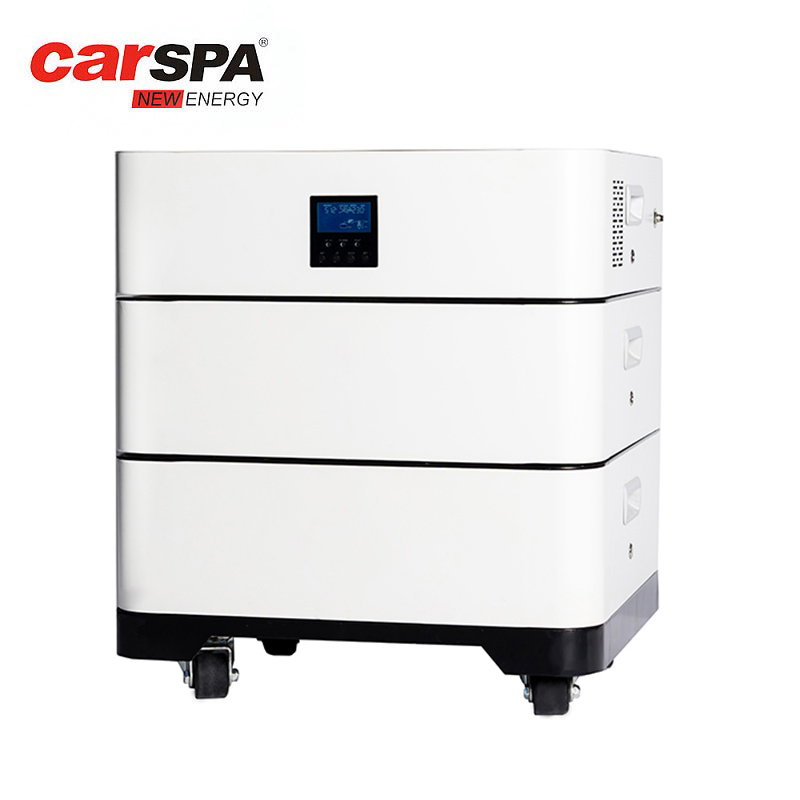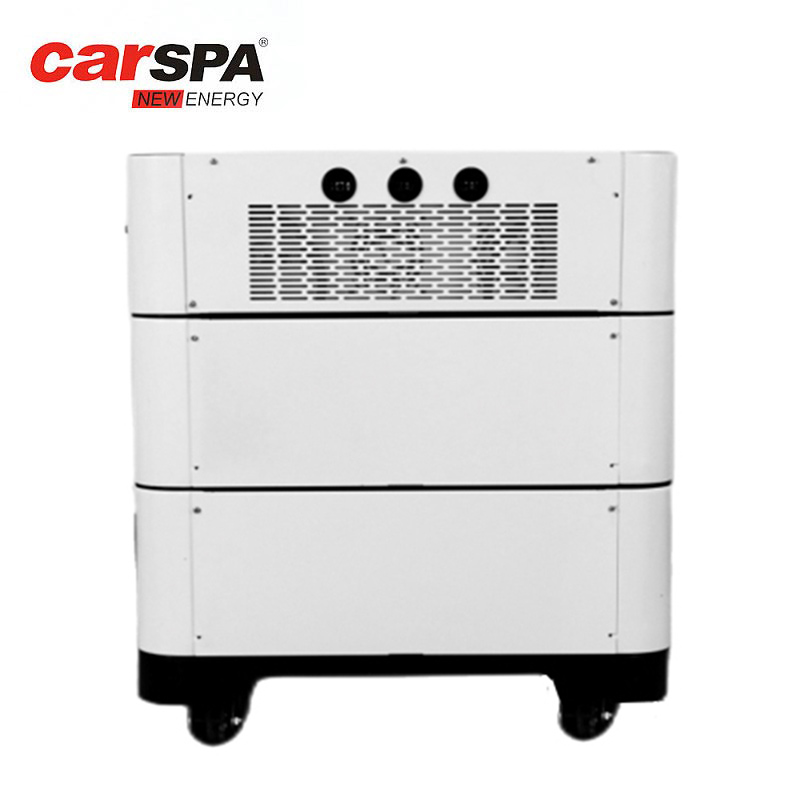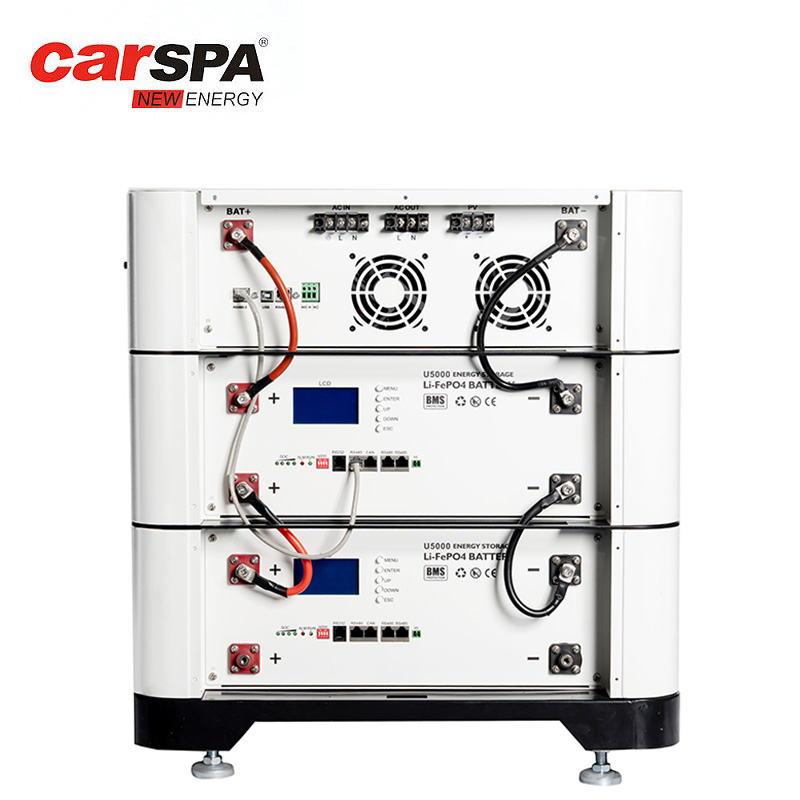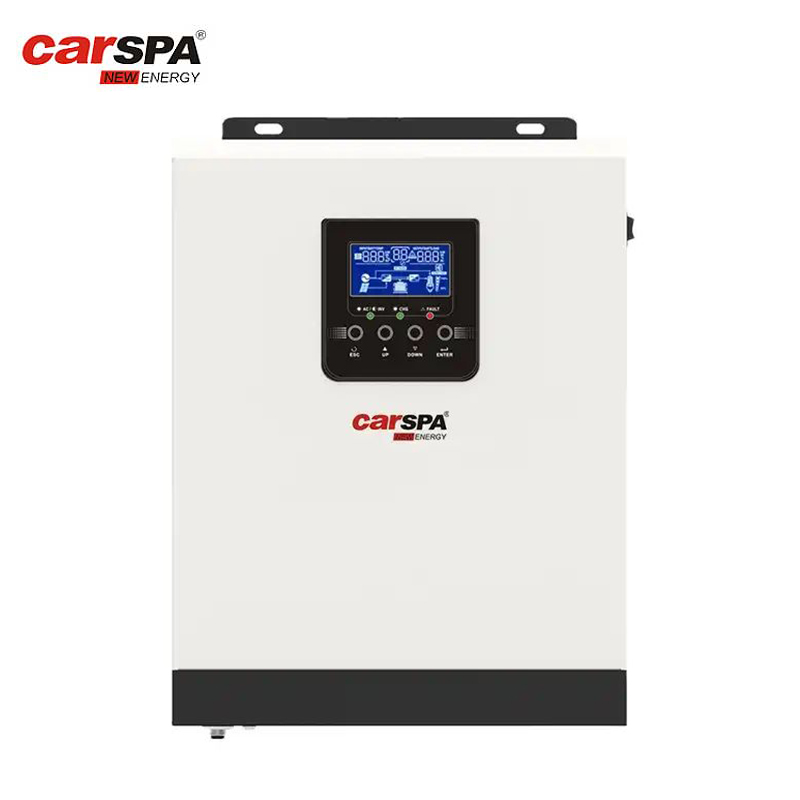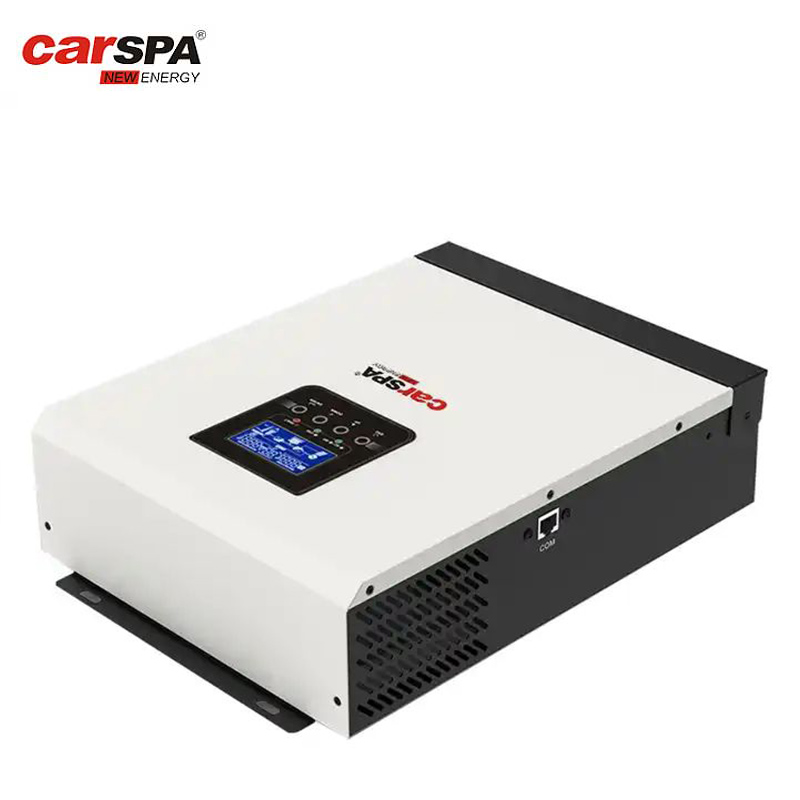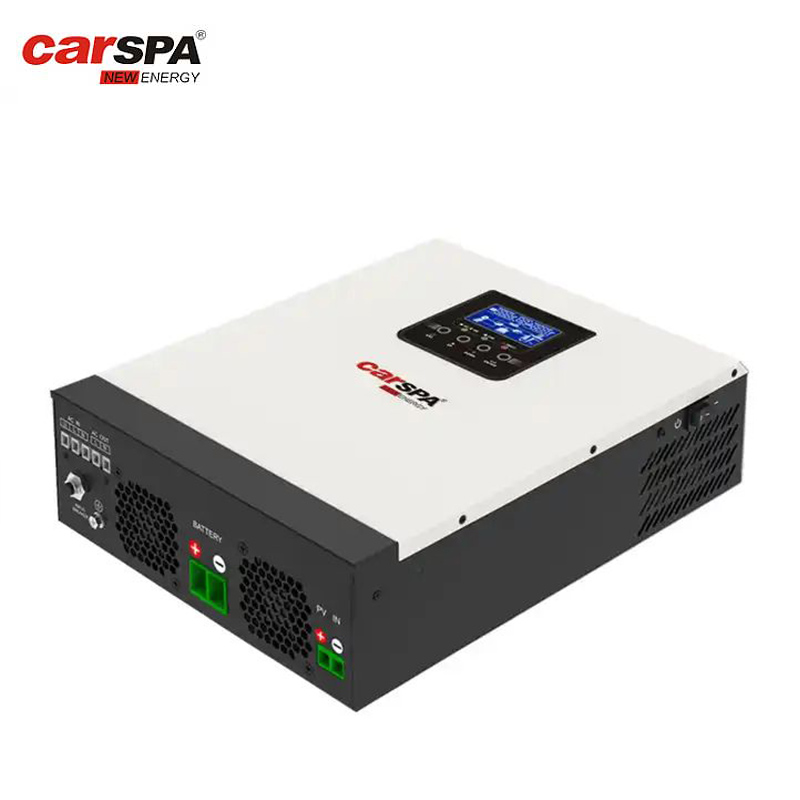Building a Shelter for yourself
In uncertain times, having a safe haven is crucial to protecting yourself and your family from unexpected events. Whether it’s a natural disaster, man-made conflict or other emergency, a properly planned and equipped shelter can provide essential shelter. Below is a detailed guide to help you build a shelter that meets your needs.
Step One: Planning and Location Selection
1. Determine the type of shelter: First, decide whether you need an underground shelter or a reinforced structure above ground. Underground shelters offer better protection, but are more costly and difficult to construct.
2. Site selection: Choose a location away from possible sources of danger (such as chemical plants, flood-prone areas). If it's an urban setting, consider building a shelter in the basement of an existing building.
3. Size and Capacity: Plan the size of the shelter based on the number of people expected to need shelter. Make sure there is enough space for everyone to live comfortably, including sleeping, living and storage areas.
Step Two: Design and Build
1. Structural design: Strength and durability are key to design. Use reinforced concrete or other durable materials to ensure structural strength. Consider thickened walls, blast-proof doors and bullet-proof windows for added security.
2. Energy supply: Solar energy is an ideal energy choice due to its sustainability and ability to operate independently in the event of a power outage. Install photovoltaic panels and battery storage systems to ensure continuous power supply.
Solar panels: Install high-efficiency photovoltaic panels to capture solar energy and convert it into direct current. The selection of photovoltaic panels should take into account likely weather conditions and required energy production.
Battery storage system: Use battery banks to store the electricity generated by solar panels during the day so that power can continue after the sun goes down or when there is insufficient light. Lithium-ion batteries are commonly used due to their high energy density and long life characteristics.
Inverter: The inverter converts DC power stored in the battery into AC power for use by devices and outlets within the shelter. It is important to choose an inverter that matches the capacity of your system. The inverter should have enough power output to meet the maximum simultaneous use of all critical equipment. Generally speaking, a 3000 watt power inverter is enough to support a For the use of small shelters, larger power inverters require more energy supply, which is not suitable for the energy storage conditions of small shelters. Additionally, consider pure sine wave inverters as they provide higher quality current and are more suitable for sensitive electronic equipment, so we recommend a 3000 watt pure sine wave inverter.
Energy management system: An intelligent energy management system can monitor the production, storage and use of energy to ensure the optimization of power supply. It adjusts the load on the inverter, prioritizing power to critical equipment and storing excess energy when the battery is full.
Backup energy options: Even if solar is the primary energy supply, backup options should be considered in case of continuous cloudy days or solar panel failure. Alternatives could be small wind turbines or conventional oil-fired generators. If using a generator, you should also consider integrating it with an inverter system to automatically switch energy supplies when needed.
By integrating an inverter into your shelter energy supply solution, you will be able to efficiently use solar energy to ensure a stable and reliable power supply within your shelter. In addition, the use of inverters increases the flexibility of the system, allowing you to adjust energy distribution according to actual needs, ensuring the continued operation of critical equipment and systems in emergencies.
3. Water and food reserves: Establish a rainwater collection system and water filtration facilities to ensure a supply of drinking water. Stock up on non-perishable foods for a long time and consider setting up a small indoor farm or hydroponic system to produce fresh vegetables.
4. Air filtration and circulation system: Install a high-efficiency air filtration system to protect interior air quality. Consider including CO2 absorbers and radioactive particle filters.
5. Waste Disposal: Design a safe waste disposal system, including toilets and possible waste disposal or storage facilities.
6. Communication equipment: Install radio transceivers, satellite phones, or other communication equipment to maintain contact with the outside world.
Step Three: Reserve and Prepare
1. Medical supplies: Stock up on necessary medical supplies and medicines, including first aid kits, commonly used medicines and personal prescription medicines.
2. Emergency tools: Prepare necessary tools and equipment, such as flashlights, multi-function knives, protective clothing, gas masks, etc.
3. Education and training: Ensure that all personnel who will use the shelter know how to operate all equipment and understand basic first aid and emergency survival skills.
in conclusion
Setting up a shelter is a process that involves careful planning and preparation. A good shelter should provide a safe, comfortable and self-sufficient environment, taking into account the various situations one might face. By following the guidelines above, you can ensure that you and your family have a safe haven in the event of any emergency.


